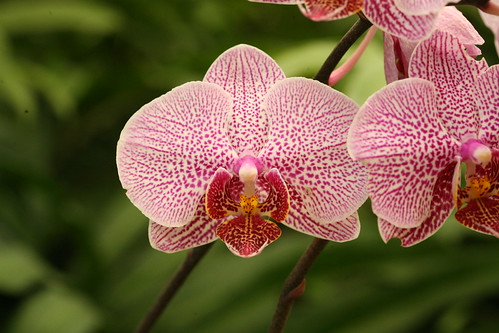Orchid Profile
Written by admin
Mar 23 2021
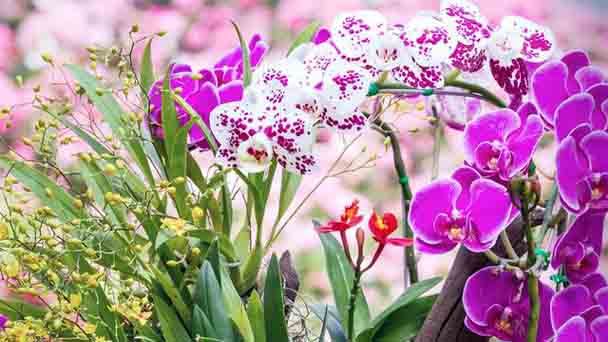
Orchid is a generic term for plants in the class of monocotyledons, orchids, epiphytic or terrestrial herb. The leaves of orchids are several to many, usually born on the base or lower node of the pseudobulb, in two rows, banded or rarely oblanceolate to narrowly elliptical, and the base generally has a broad sheath surrounding the pseudobulb with joints. The raceme has several or many flowers and the colors are white, pure white, white-green, yellow-green, pale yellow, pale yellowish brown, yellow, red, blue, and purple.
Orchid morphological characteristicsOrchid growth habit and growing environment and distributionOrchid efficacy and roleOrchid cultivationDivide basinFertilizeWatering
The orchids in the traditional Chinese famous flowers only refer to several species of ground orchids distributed in the Chinese orchid genus. This type of orchid is very different from tropical orchids with large and colorful flowers. There is no eye-catching beauty, no huge flowers, and leaves, but it has a simple and quiet, elegant, and clean temperament, which is in line with the aesthetic standards of the Oriental. There are more than a thousand years of cultivation history in China.
Orchid morphological characteristics
The scape of orchids grows laterally or from the base of the pseudobulb, erect, outwardly curved or drooping; racemes with several or many flowers, less regressed as single flowers; flower bracts are long or short, and do not fall during flowering. Large or medium-sized; sepals are separated from petals, somewhat similar. Orchids have a 3-lobed lip, and the base sometimes conjoins the stamen for 3-6 mm; the lateral lobes are erect, often around the stamen, and the middle lobes are generally outwardly curved. There are 2 longitudinal folds on the labial disc, usually extending from the base to the base of the middle lobes, sometimes the ends are enlarged or the middle part is broken, and they are less merged into one; the stamens are longer, often curved forward, with wings on both sides, ventral depression or sometimes short hairs, 2 pollen clusters with deep fissures, or 4 to form 2 pairs of unequal size, waxy, connected to a nearly triangular sticky disc with a short, elastic pollen cluster stalk.
Orchid growth habit and growing environment and distribution
China has a vast territory, a complex ecological environment, and many types of vegetation. Therefore, orchid resources are very rich. They are distributed throughout the country, but the number of distribution decreases from south to north. The largest species of orchids in China are Yunnan, Sichuan, and Taiwan Province.In addition to North China, Northeast China, and Ningxia, Qinghai, and Xinjiang in Northwest China, all provinces and regions in China have different species of orchids. Generally speaking, terrestrial orchids are born in temperate and subtropical regions, such as Jiangsu, Anhui, Henan, etc.; epiphytic orchids are born in tropical and subtropical regions, such as Guangdong, Fujian, and Taiwan.
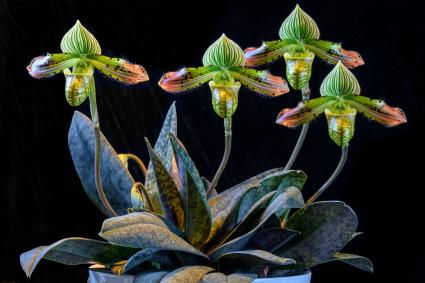
Orchid efficacy and role
Orchid is a flower with a unique style and its ornamental value is very high. The orchids are elegant in color, and most of them are green and yellow-green, but they are especially expensive. The aroma of orchids is clear but not turbid, with a pot in the room, full of fragrance. Some orchid flowers are dignified and beautiful, some are graceful and luxurious and full of change. Orchid leaves are bright green all year round, with both rigidity and softness, and graceful posture. Even if it is not in bloom, it is like living art.If you use a few pots of orchids to decorate the room, the fragrance bursts on the day the flower blooms, it will make you feel alive and refreshed.
Orchid cultivation
Divide basin
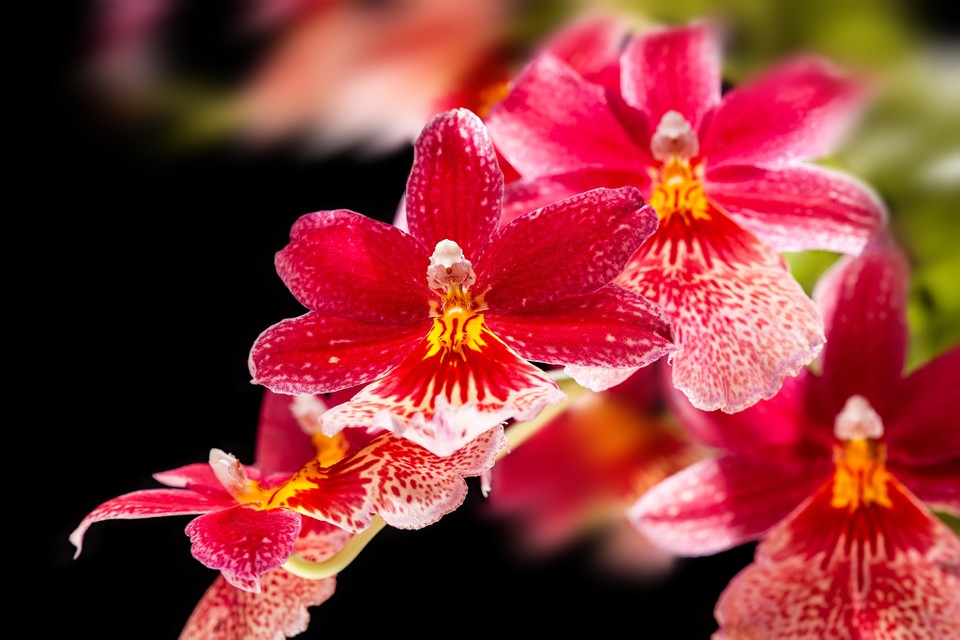
Fertilize
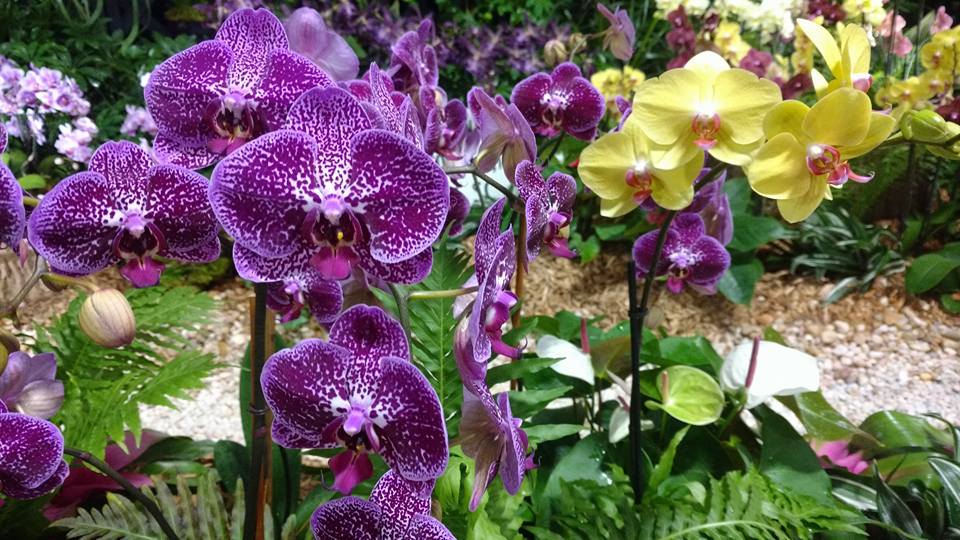
Watering
Waterless during the flowering period and the shoot leaf bud period. You should move back indoors during the rainy season, or set up a shed to cover the rain. Water in the early morning or evening in summer, not too much, the amount of water in autumn can be increased. In the dry season, spray every evening. When spraying, it should be sprayed upwards, so that the fog is fine, and even so that the leaf surface is moist, the ground is moist, and the air humidity is increased. Sometimes it is best to spray several times a day. Watering should be watered from the side of the basin. Although the water in winter can be greatly reduced, it is not non-watering. You’d better be careful not to let the potting soil dry out. The leaf sheaths are wet due to winter and early spring and watering. After drying, move them indoors to avoid rot.Latest Updated
- Benefits of Bugleweed - 7 Science-backed Health Benefits
- Bugleweed Dangers & Side Effects - Is It Poisonous?
- How to Plant Evergreen Trees - What You Should Know
- When to Plant Evergreens - Grow Guide for Evergreen Trees
- 12 Wonderful Evergreen Shrubs for Your Garden
- 12 Popular Evergreen Plants with Pictures for Beginners
- When And How To Prune A Lilac Bush Like a Pro
- How to Grow & Care for Lilac Vine (Hardenbergia Violacea)
- Japanese Lilac Tree (Syringa Reticulata) Care & Propagation Guide
- Shumard Oak Pros and Cons - What to Know
Popular Articles
- Winter maintenance of Antirrhinum Majus
- How to Grow Terminalia Mantaly Tree
- How to Grow and Care for Crossostephium Chinense
- How to grow Antirrhinum Majus in spring
- Peristeria Elata (Dove Orchid) Profile: Info & Care Guide
- Underwatered Snake Plant (Sansevieria Trifasciata) - Signs And How To Fix
- How to Care for Brazilian Jasmine Plant (Mandevilla Sanderi)
- How to Grow & Care for Graptopetalum Purple Delight in Summer
- Rosa Chinensis (China Rose): Plant Growing & Care Tips
- How to Care for Baby Sun Rose (Aptenia Cordifolia)
